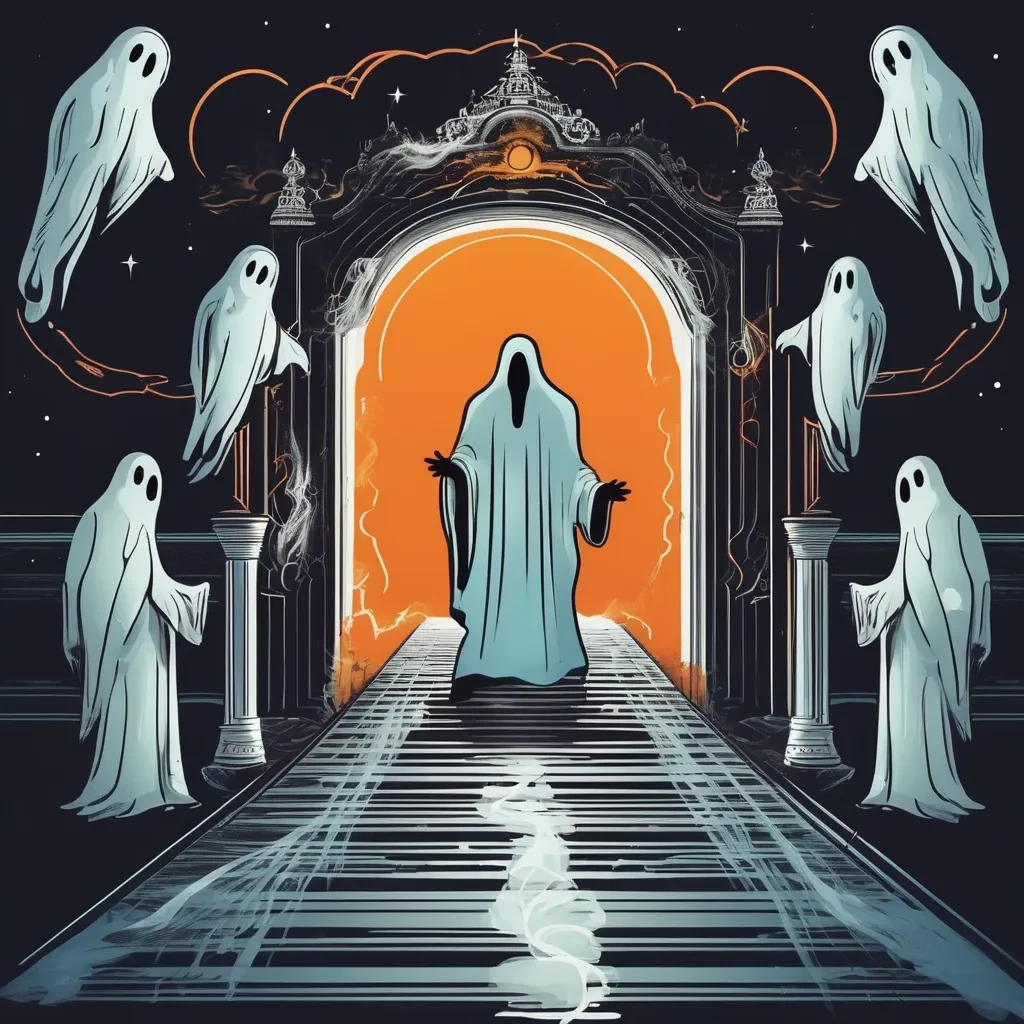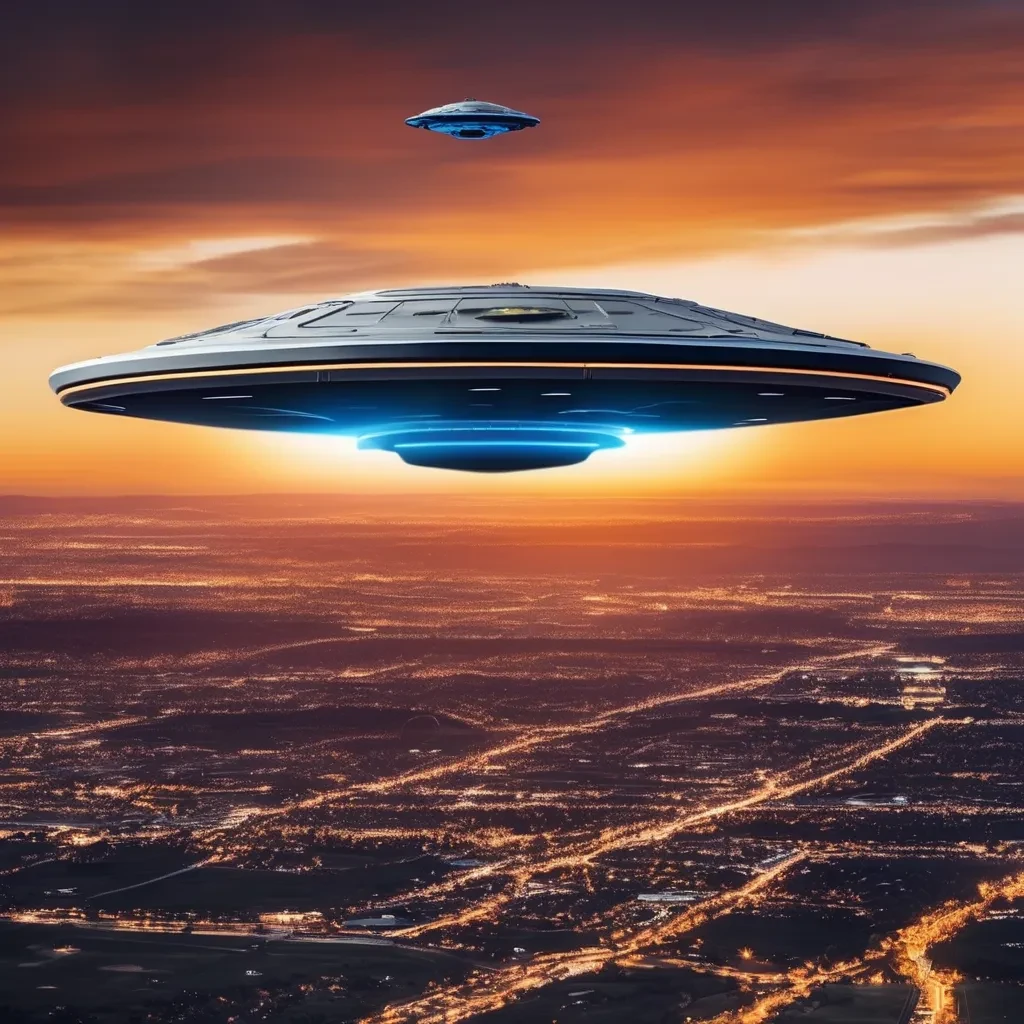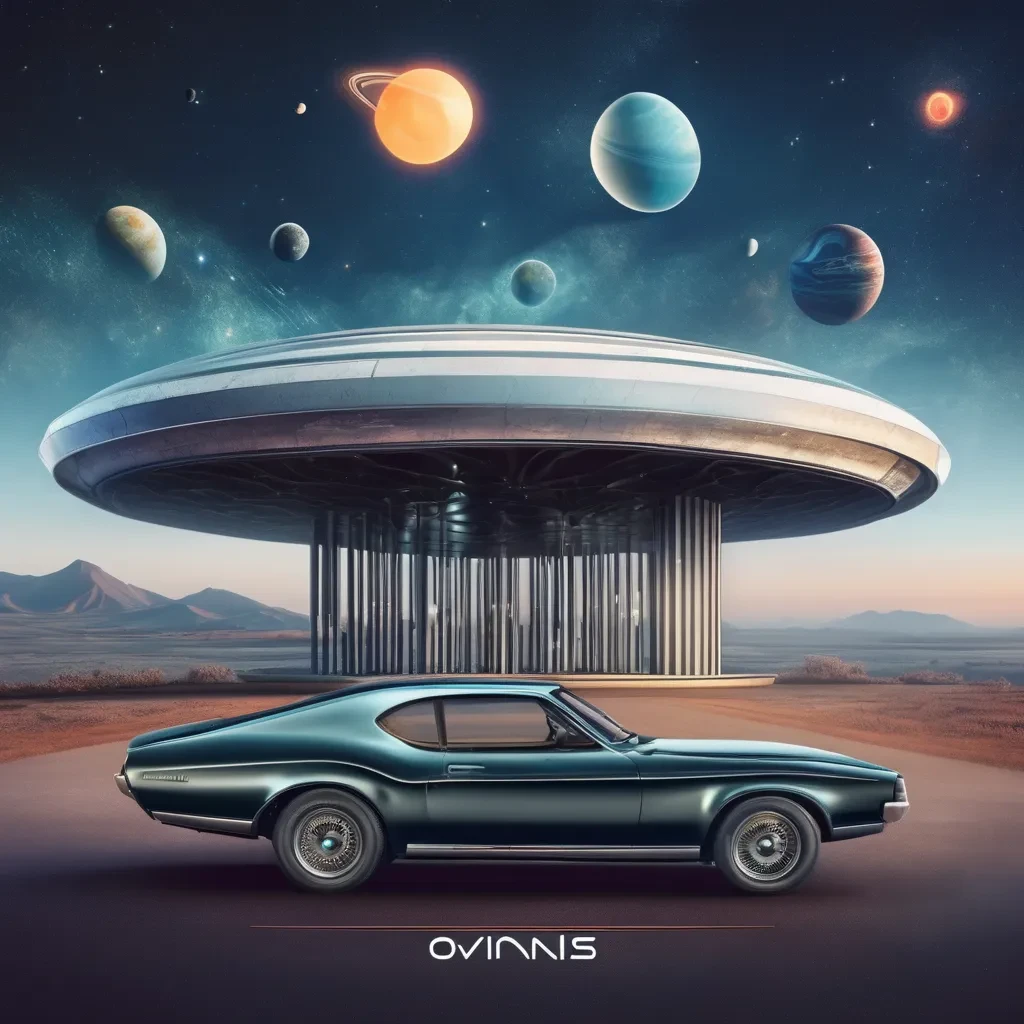Guía práctica para entender qué es un ETF y cómo invertir en ellos desde España en 2025, con pasos claros, ejemplos y consejos esenciales.
Qué es un ETF y cómo invertir en ellos desde España paso a paso (2025)
1. ¿Qué es un ETF?
Un ETF (Exchange Traded Fund) es un fondo que cotiza en bolsa como si fuera una acción. Al comprar un ETF, adquieres una “cesta” de muchos activos (acciones, bonos, materias primas…), lo que te da diversificación instantánea.
- Ejemplo: un ETF que replica el S&P 500 te expone a ~500 grandes empresas de EE. UU. con una sola compra.
- Ejemplo: un ETF global (MSCI World) te da exposición a miles de empresas de países desarrollados.
2. Ventajas de los ETFs
- Diversificación: reduces riesgo específico de una sola empresa.
- Bajo coste: comisiones totales (TER) normalmente más bajas que fondos tradicionales.
- Liquidez: se compran y venden en horario de mercado.
- Accesibles: puedes empezar con cantidades pequeñas y aportaciones periódicas.
- Transparencia: suelen publicar composición del índice a replicar.
3. Tipos de ETFs más comunes
Por índice
- Amplios: S&P 500, MSCI World.
- Tecnológicos: Nasdaq 100.
- Europeos: Euro Stoxx 50.
Por estilo/activo
- Dividendos, Value, Small Caps.
- Bonos gubernamentales y corporativos.
- Temáticos: clima, IA, salud, energía limpia.
4. Cómo invertir en ETFs desde España en 2025 (paso a paso)
- Elige un bróker regulado: comprueba regulación europea (CNMV/UE) y comisiones. Ejemplos conocidos: MyInvestor, DEGIRO, Interactive Brokers, Renta 4.
- Define tu ETF objetivo: índice amplio para empezar (p. ej., S&P 500 o MSCI World). Revisa su TER, réplica (física/sintética) y política de dividendos (acumulación/distribución).
- Ingresa dinero: transferencia o ingreso inmediato según el bróker.
- Compra el ETF: busca el ticker (p. ej., “VWCE” para MSCI World acumulación), indica importe/cantidad y confirma.
- Automatiza aportaciones: programa compras mensuales (DCA) para reducir el impacto del “timing”.
- Revisa 1–2 veces al año: verifica desvíos y, si hace falta, rebalancea.
5. Ejemplo rápido: invirtiendo 100€ al mes
Si aportas 100€ al mes durante 10 años y estimas (hipótesis) una rentabilidad media anual del 7%:
| Horizonte | Aportación total | Capital estimado* |
|---|---|---|
| 5 años | 6.000€ | ~7.200€ |
| 10 años | 12.000€ | ~17.200€ |
| 15 años | 18.000€ | ~31.000€ |
*Cálculo aproximado mediante aportaciones periódicas y capitalización compuesta. Rentabilidades pasadas no garantizan resultados futuros.
6. Riesgos a tener en cuenta
- Volatilidad del mercado: el valor puede fluctuar a corto plazo.
- Elección del producto: evita ETFs con TER alto o complejos (apalancados/inversos) si eres principiante.
- Horizonte temporal: invierte solo el dinero que no necesites a corto plazo.
- Fiscalidad: los ETFs cotizados no permiten traspasos exentos en España (a diferencia de algunos fondos). Consulta normativa vigente.
7. Preguntas frecuentes
¿ETF de acumulación o de distribución?
Acumulación: reinvierte dividendos automáticamente (útil si buscas crecer capital). Distribución: reparte dividendos en efectivo (útil si quieres ingresos periódicos).
¿Cuántos ETFs necesito?
Para empezar, 1 ETF amplio puede ser suficiente. Con el tiempo, puedes añadir bonos o temáticos si buscas ajustar riesgo u oportunidades.
¿Cada cuánto revisar mi cartera?
Con una estrategia pasiva, 1–2 veces al año suele bastar para comprobar aportaciones y rebalanceo.
Aviso: Este contenido es educativo y no constituye asesoramiento financiero. Haz tu propia investigación y, si lo consideras necesario, consulta con un profesional.














